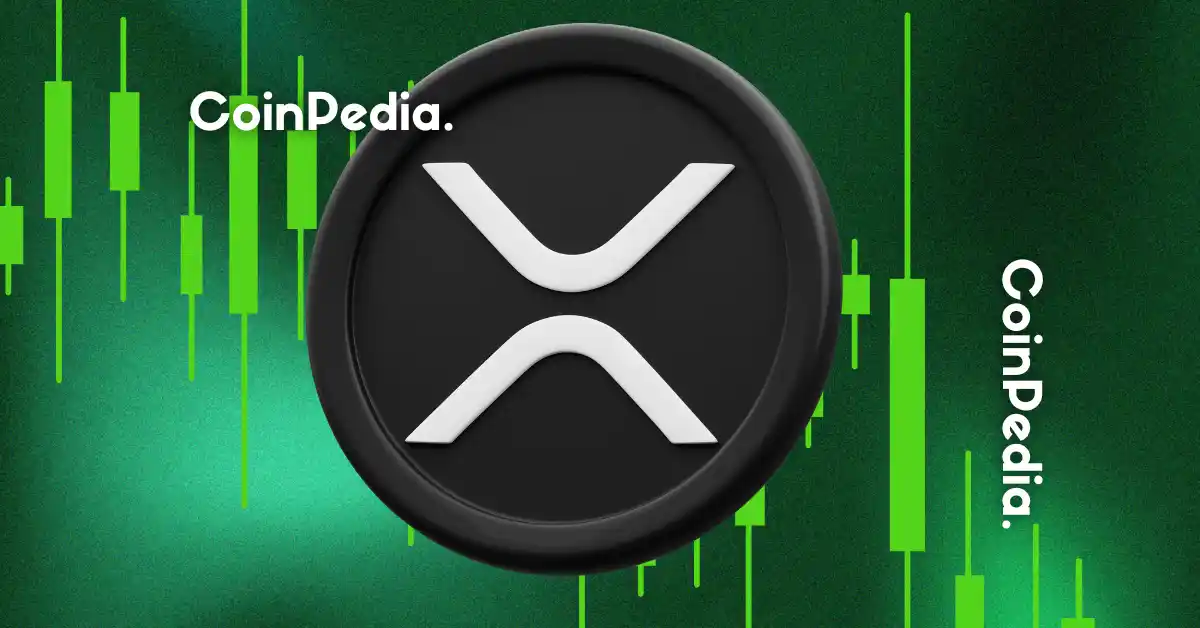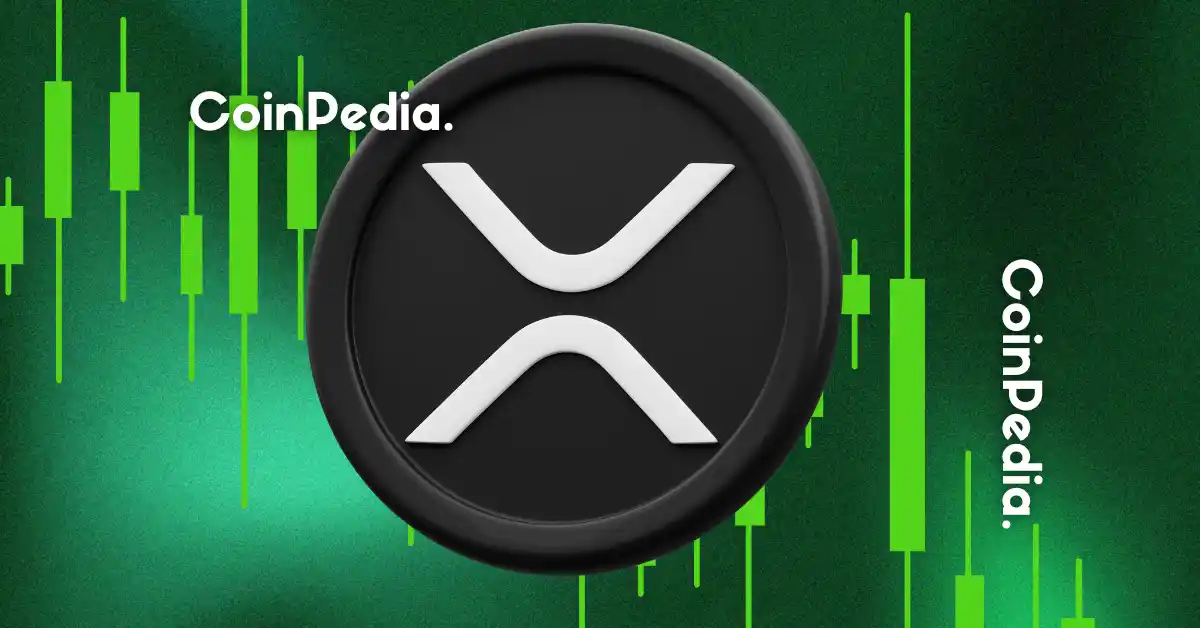The legal saga between Ripple Labs and the U.S. Securities and Exchange Commission (SEC) has been a defining narrative in the cryptocurrency space, shaping market dynamics, investor sentiment, and regulatory frameworks for nearly half a decade. The June 2025 settlement agreement, which concluded this protracted dispute, marks a pivotal moment in the evolution of decentralized finance. To fully grasp the significance of this settlement, it is crucial to examine the background of the case, dissect the terms and implications of the agreement, analyze the current market and investor sentiment, and explore the future trajectory of XRP.
The Background: A Legal Clash That Defined Regulatory Uncertainty
Ripple Labs, the company behind the XRP cryptocurrency, found itself at the center of a high-stakes legal battle when the SEC filed a lawsuit in late 2020. The SEC alleged that Ripple’s $1.3 billion XRP sales constituted an unregistered securities offering, a claim that highlighted the broader tension between the crypto industry and U.S. regulators. The lawsuit became a focal point for the debate over how existing securities laws could be applied to novel digital assets, setting a precedent for future regulatory actions.
Throughout the trial, judicial decisions provided a nuanced perspective on the case. In a pivotal 2023 ruling, the court determined that XRP sales on public exchanges did not violate securities laws, offering partial relief to retail investors. However, the same court found Ripple liable for $728 million in institutional sales that violated these laws, underscoring the complexities of token classifications and sales contexts. This mixed outcome left the market in a state of uncertainty, with Ripple’s growth opportunities stifled and institutional stakeholders hesitant to engage with XRP.
The prolonged legal proceedings, which included motions, appeals, and injunctions, further clouded XRP’s market perception. The uncertainty surrounding the case’s outcome created a challenging environment for Ripple, as the company struggled to attract new partnerships and investments. The legal battle also had a significant impact on XRP’s price, with investors wary of the potential consequences of a negative ruling.
The Settlement: Terms and Immediate Outcomes
On June 27, 2025, Ripple and the SEC jointly filed to finalize a settlement that brought an end to the lengthy legal dispute. The settlement agreement included several key components that addressed the core issues of the case:
– A $50 million payment by Ripple: This amount, significantly lower than the initially proposed $125 million penalty, reflected successful negotiations and Ripple’s legal strength. The reduced settlement burden is a testament to Ripple’s ability to navigate the complex legal landscape and secure a favorable outcome.
– Mixed classification of XRP: While retail sales of XRP were never deemed securities violations, institutional sales received adjudication as unregistered securities. Ripple acknowledged this outcome in ending its cross-appeal, demonstrating a willingness to comply with regulatory requirements while continuing to advocate for the broader adoption of XRP.
– Removal of injunctive barriers: Ripple sought the dissolution of permanent injunctions to pave the way for unencumbered operations and innovative developments. The removal of these legal barriers is expected to enhance Ripple’s market positioning and facilitate the growth of its ecosystem.
Although the settlement does not provide definitive legal definitions for all aspects of XRP’s nature, it effectively removes the vast cloud of legal ambiguity that has suppressed XRP’s market performance. The agreement offers a path forward for Ripple, allowing the company to focus on its core mission of promoting seamless cross-border payments using XRP and RippleNet technology.
Ripple’s Position: From Legal Fighter to Market Pioneer
Ripple’s CEO Brad Garlinghouse has emphasized that the settlement does not equate to an admission of wrongdoing but rather a strategic decision to focus on building the company’s future. By closing the courtroom chapter, Ripple gains renewed momentum to advance its vision of the “Internet of Value,” which aims to facilitate faster, cheaper, and more efficient cross-border transactions.
The reduced settlement burden, combined with the removal of regulatory hurdles, enhances Ripple’s market positioning. Banks and financial institutions, now more confident in the legal standing of XRP, may increase adoption of Ripple’s On-Demand Liquidity (ODL) service. ODL leverages XRP as a bridge currency to facilitate international money transfers, offering a more efficient alternative to traditional payment systems.
Ripple’s ability to navigate the legal landscape and secure a favorable settlement demonstrates the company’s resilience and strategic acumen. The settlement not only resolves the immediate legal challenges but also positions Ripple as a leader in the crypto payments ecosystem. As the company continues to innovate and expand its partnerships, the future of XRP looks increasingly promising.
Market Impact and Investor Sentiment
The prolonged legal uncertainty surrounding Ripple and XRP has had a significant impact on the cryptocurrency’s price and market sentiment. The drawn-out timeline and unpredictable legal developments fostered caution among investors and trading platforms, leading to a period of stagnation and volatility.
Following the announcement of the settlement, XRP experienced a mixed but generally positive price reaction. In certain trading windows, XRP saw gains of up to 8%, reflecting renewed investor optimism. However, some periods also witnessed modest price drops, particularly after initial settlement rejections by the court. These fluctuations highlight the market’s sensitivity to regulatory developments and the ongoing uncertainty surrounding the cryptocurrency space.
The definitive closure of the legal case is expected to reduce the regulatory overhang that has weighed on XRP’s price. Investors, both retail and institutional, may now reconsider XRP’s potential, with some analyses speculating aggressive price targets. Projections of XRP climbing toward $3 per token or even higher highlight the renewed enthusiasm sparked by the settlement news. However, it is essential to approach these forecasts with caution, as the cryptocurrency market remains highly volatile and subject to various external factors.
Continuing Challenges and Broader Regulatory Implications
Despite the benefits of the settlement, specific challenges and open questions remain. The mixed classification of XRP under U.S. securities laws does not establish a universally binding framework for other crypto assets, leaving broader regulatory questions unresolved. The settlement addresses Ripple’s individual situation but does not provide definitive guidance for the broader cryptocurrency market.
The regulatory landscape continues to evolve, with the SEC and other regulators reassessing crypto classifications and enforcement strategies. Ripple’s settlement may catalyze further regulatory clarity, but it also signals that compliance remains crucial for industry players. Companies operating in the crypto space must navigate a complex web of regulations, ensuring that their activities align with legal requirements while fostering innovation.
Potential market volatility remains a concern, as the removal of legal pressure may lead to increased trading activity and speculative behavior. XRP’s price may undergo volatile swings triggered by renewed interest, broader market forces, or competitive technology advancements. Investors should remain vigilant and conduct thorough due diligence before making investment decisions.
A New Chapter for XRP: Potential and Caution
The settlement between Ripple and the SEC ushers in a new chapter for XRP, unlocking vast growth opportunities for Ripple Labs and the broader crypto payments ecosystem. The removal of significant legal encumbrances enables regulatory compliance and fosters institutional confidence, positioning XRP as a mainstream liquidity bridge and payment facilitator.
However, investors and observers should remain cautious. The settlement, while monumental, does not eliminate inherent risks tied to market fluctuations, competitive technology advancements, or future regulatory scrutiny. Not every promise of rapid wealth accumulation will materialize, and due diligence remains indispensable.
Conclusion: Ripple’s Settlement as a Turning Point in Crypto History
The conclusion of Ripple’s SEC lawsuit marks an inflection point for XRP and the wider cryptocurrency sector. After nearly five years of uncertainty, legal battles, and market turbulence, the $50 million settlement embodies a pragmatic resolution that balances accountability with innovation.
For investors, the settlement lifts a significant veil, restoring confidence and potentially catalyzing appreciation in XRP value. For Ripple, it paves a smoother path toward fulfilling its vision of revolutionizing global payments. However, this milestone is not the end of the journey but rather the prologue to a more competitive and regulated crypto future.
Navigating forward, XRP’s tale will serve as both a case study and benchmark in how regulatory engagement and strategic resolution can harmonize to foster industry evolution without stifling growth. Ripple’s settlement is not just a closed chapter—it is the foundation for a broader narrative of crypto legitimacy and adoption. The settlement’s impact will resonate throughout the cryptocurrency space, shaping the future of digital assets and their role in the global financial system.












